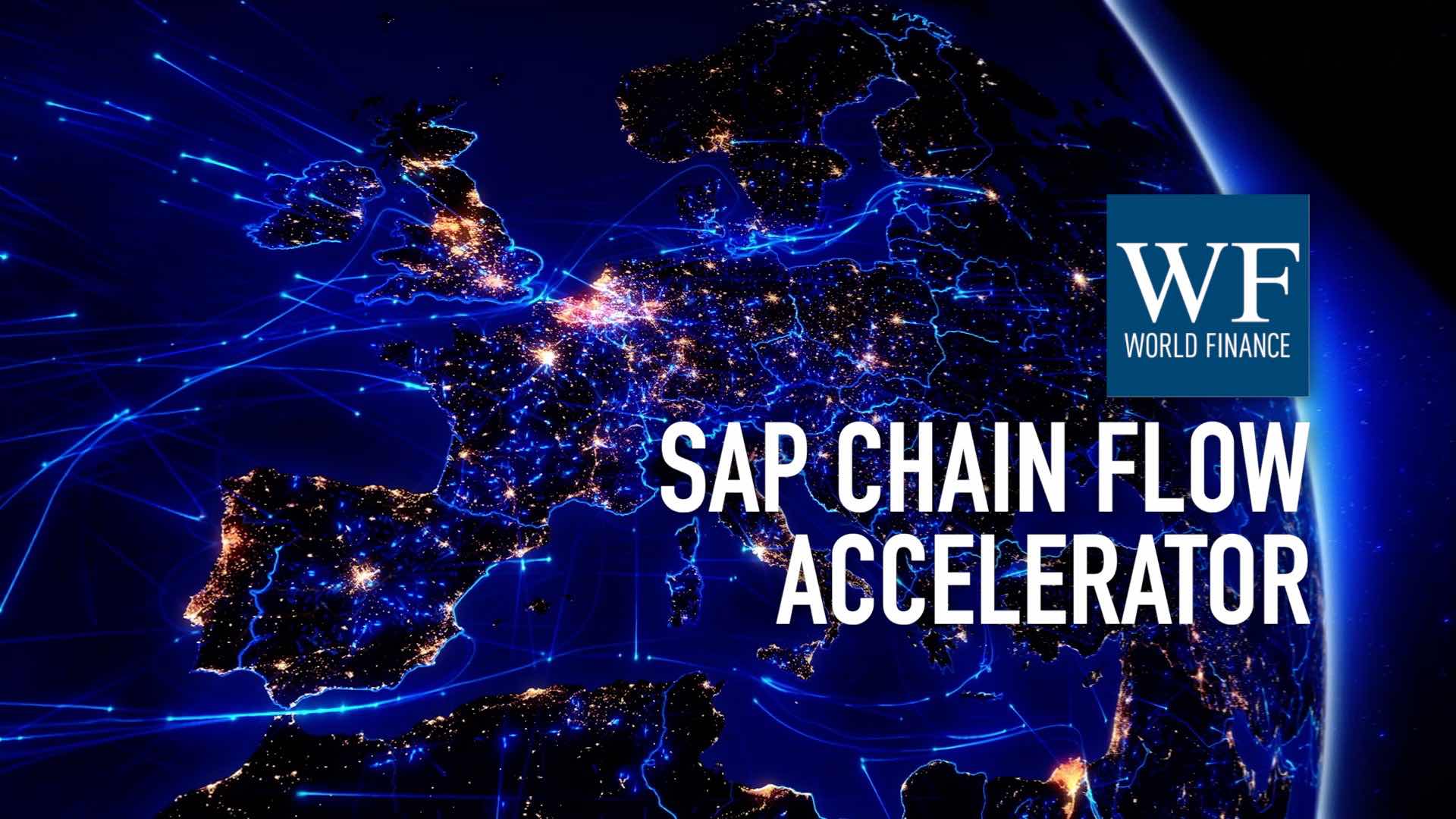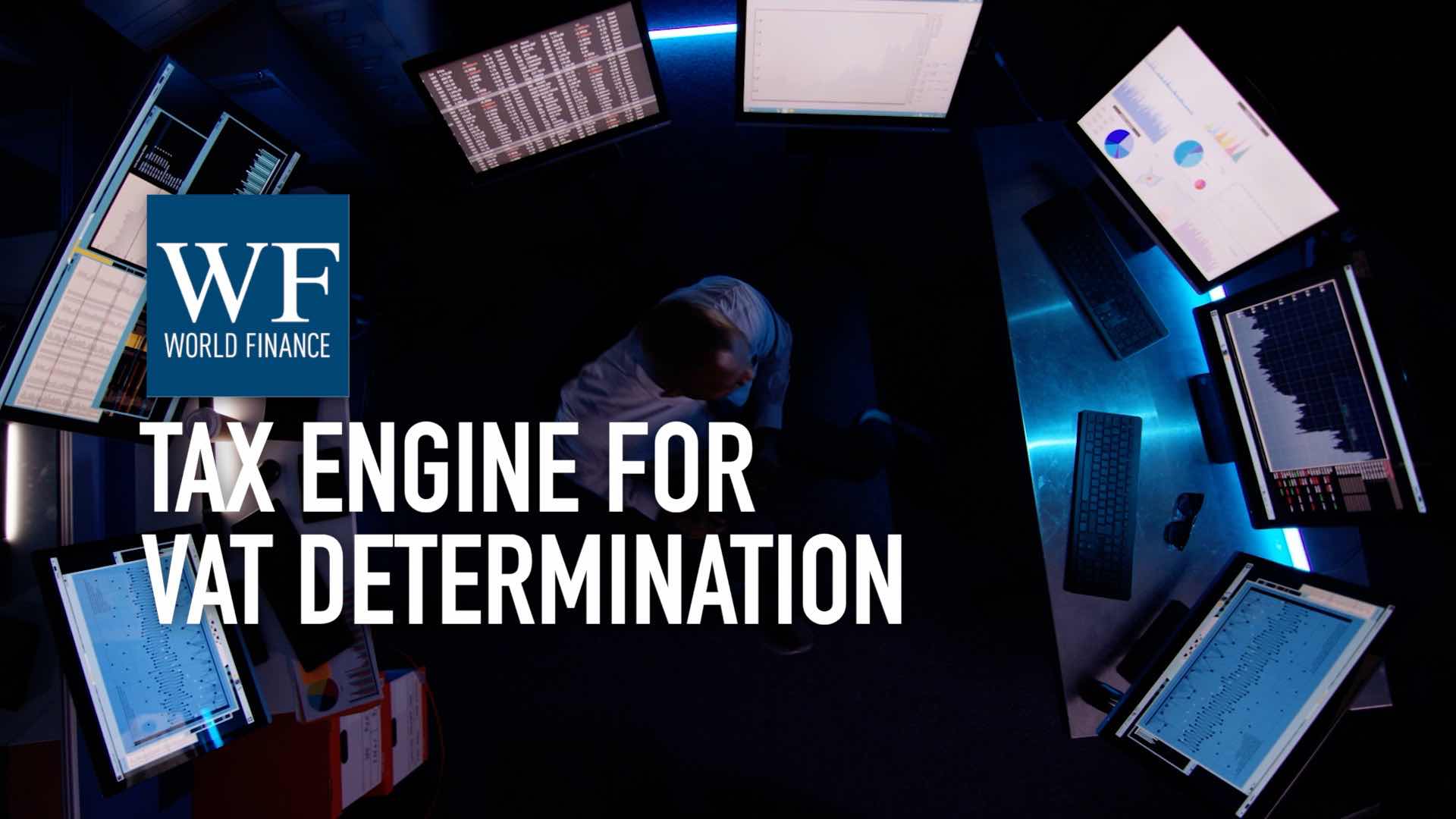How tax engines ease the compliance burden | Vertex Exchange Europe 2019
Andy Hallsworth explains the benefits of a tax technology provider like Vertex
Related:
Transcript
Tax technology specialists Vertex brought together tax professionals, solution experts, and its customers in Munich for its Vertex Exchange Europe event. World Finance interviewed half a dozen delegates for an update on Europe’s latest tax compliant challenges and technological advancements: you can watch them all in our Tax Automation with Vertex playlist on Youtube.
Andy Hallsworth: So the world of indirect tax is changing – where I suppose we see it changing most clearly is in compliance. Tax authorities want more data more rapidly than they ever have done before – it’s not just a quarterly VAT return.
Take Spain as the example: they want their SII filing every four days. Knock-on effect, it’s not just a compliance issue, it’s a getting-the-tax-right-up-front issue. If you have to submit every four days, you don’t have the luxury of a month-end process. So if you can get the VAT right up front, that’s going to help you meet your downstream reporting requirements in a much more streamlined way.
Tax engines I suppose replace a reliance on having to build rates and rules into the back of an ERP. All ERPs can handle VAT, but traditionally they are a blank sheet of paper. You are responsible for populating them with all those VAT rates and rules, and keeping them up to date as you go along.
A tax engine is full of content; and by content I mean indirect tax content, jurisdictional content – what’s in the EU, what isn’t in the EU, place of supply rules, tax types, tax rates, and so on. That sits already pre-embedded in the tax engine, and for Vertex customers, we, Vertex, keep all that content up to date.
So as rates change, as the UK leaves the EU, as the gulf region introduces VAT, we keep all that content up to date.
If you’re building your own rates and rules in the ERP system, you have to do all that job of maintenance yourself. And as everyone knows, the world of indirect tax is changing more rapidly than it ever has done before.
One other element of tax engines is visibility. It becomes much clearer to the tax person why taxes are being determined in such a way. And it’s much more straight-forward for a tax person to put their business-subjective spin onto things. No longer reliant on a technical team to build something around the back of the ERP. I as a tax person now have the ability to do this myself. It gives me the power to manage tax within my business that much better.
Thanks for watching. Click now for more videos from Vertex Exchange Europe 2019, and please subscribe for the latest international business insights from worldfinance.com

 Vertex tax technology: Introducing SAP chain flow accelerator
Vertex tax technology: Introducing SAP chain flow accelerator Vertex tax technology: Why add a tax engine for VAT determination
Vertex tax technology: Why add a tax engine for VAT determination
